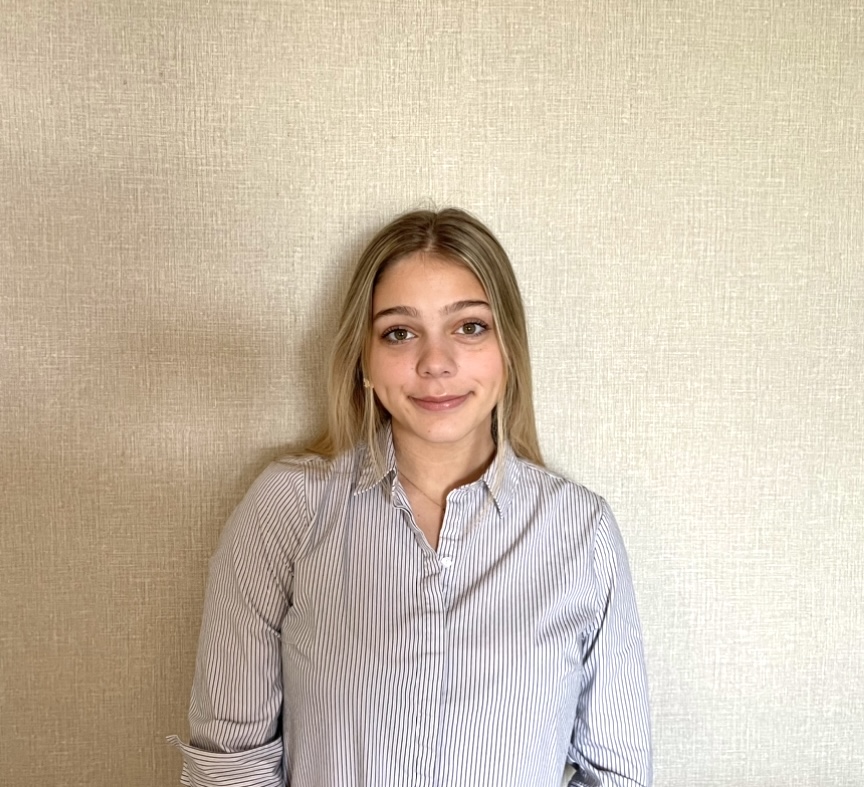Biomechanics
(D-157) Large Tumor Suppressor Kinases Regulate Epithelial-Mesenchymal Transition in Response to Matrix Stiffness

Victoria Crunkleton (she/her/hers)
Undergraduate Researcher
North Carolina State University
Raleigh, North Carolina, United States- EG
Esther Gomez
Associate Professor
The Pennsylvania State University, United States - CS
Chinmay Sankhe
Ph.D. Student
The Pennsylvania State University, United States
Presenting Author(s)
Primary Investigator(s)
Co-Author(s)
The epithelial-mesenchymal transition (EMT) is essential to embryo formation and tissue regeneration as well as increasing the invasiveness and metastatic behavior of tumor cells. While undergoing EMT, organized, interacting epithelial cells transform into migratory mesenchymal cells that lack cell-cell junctions. Cells also exhibit a shift in morphology and cytoskeletal organization during EMT. Previous studies have demonstrated that matrix stiffness regulates transforming growth factor (TGF)-β1 induced EMT, however, the mechanisms governing gene expression changes in response to matrix stiffness and TGFβ1 are not well understood. Yes-associated protein (YAP) is a transcription factor in the Hippo signaling pathway that regulates tumorigenesis and promotes EMT. Large tumor suppressing (LATS) kinases inhibit YAP activity through phosphorylation which promotes retention of YAP in the cytoplasm. In this study, we examined the role of LATS kinases and YAP in mediating TGFβ1-induced EMT as a function of matrix stiffness. Understanding the cellular signaling pathways that regulate cell response to TGFβ1 can lead to targeted therapies that reduce instances of invasive and metastasizing cancers and fibrosis.
Materials and Methods::
Normal murine mammary gland (NMuMG) epithelial cells were seeded on soft and stiff polyacrylamide hydrogels that mimic the mechanical properties of healthy (300 Pa) and diseased (6300 Pa) mammary tissue. The cells were treated with TGFβ1 to induce EMT. The effect of YAP and LATS on cell morphology and the expression of the mesenchymal marker αSMA were assessed via treatment with inhibitors verteporfin and TRULI, respectively. Subcellular localization of YAP and the expression of αSMA were monitored using immunofluorescence staining and microscopy. ImageJ was used to quantify the percentage of cells expressing αSMA, the percentage of cells exhibiting nuclear localization of YAP, and the area and aspect ratio of the cells.
Results, Conclusions, and Discussions::
Quantification of the percentage of cells expressing αSMA revealed that cells cultured on stiff substrates and treated with TGFβ1 have a higher percentage of cells expressing αSMA than cells on stiff substrates in the absence of TGFβ1 (p < 0.001). Cells cultured on stiff substrates treated with TGFβ1 also show higher αSMA expression than cells cultured on soft substrates in the presence of TGFβ1. Cells on stiff substrates treated with TGFβ1 and a YAP inhibitor had lower αSMA expression than cells on stiff substrates treated with TGFβ1 in the absence of a YAP inhibitor (p < 0.001). Inhibiting LATS kinases revealed higher αSMA expression in cells cultured on stiff substrates in comparison to treatment with TGFβ1 alone, as observed in Figure 1. These data suggest that YAP is a positive regulator of αSMA expression while LATS kinases are negative regulators of αSMA, suppressing EMT when active. Furthermore, for TGFβ1-treated cells cultured on stiff substrates, inhibiting YAP reduces cell spreading while inhibiting LATS kinases increases cell elongation. Together, these findings suggest an important role for LATS kinases and YAP in the regulation of αSMA and the mesenchymal phenotype in response to matrix stiffness and TGFβ1.
Acknowledgements (Optional): :
Acknowledgements: National Science Foundation CMMI-1751785 (to EWG) and EEC-1950639 (to EWG and in support of VLC)
References (Optional): :
